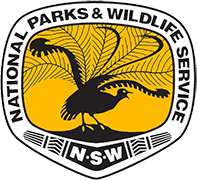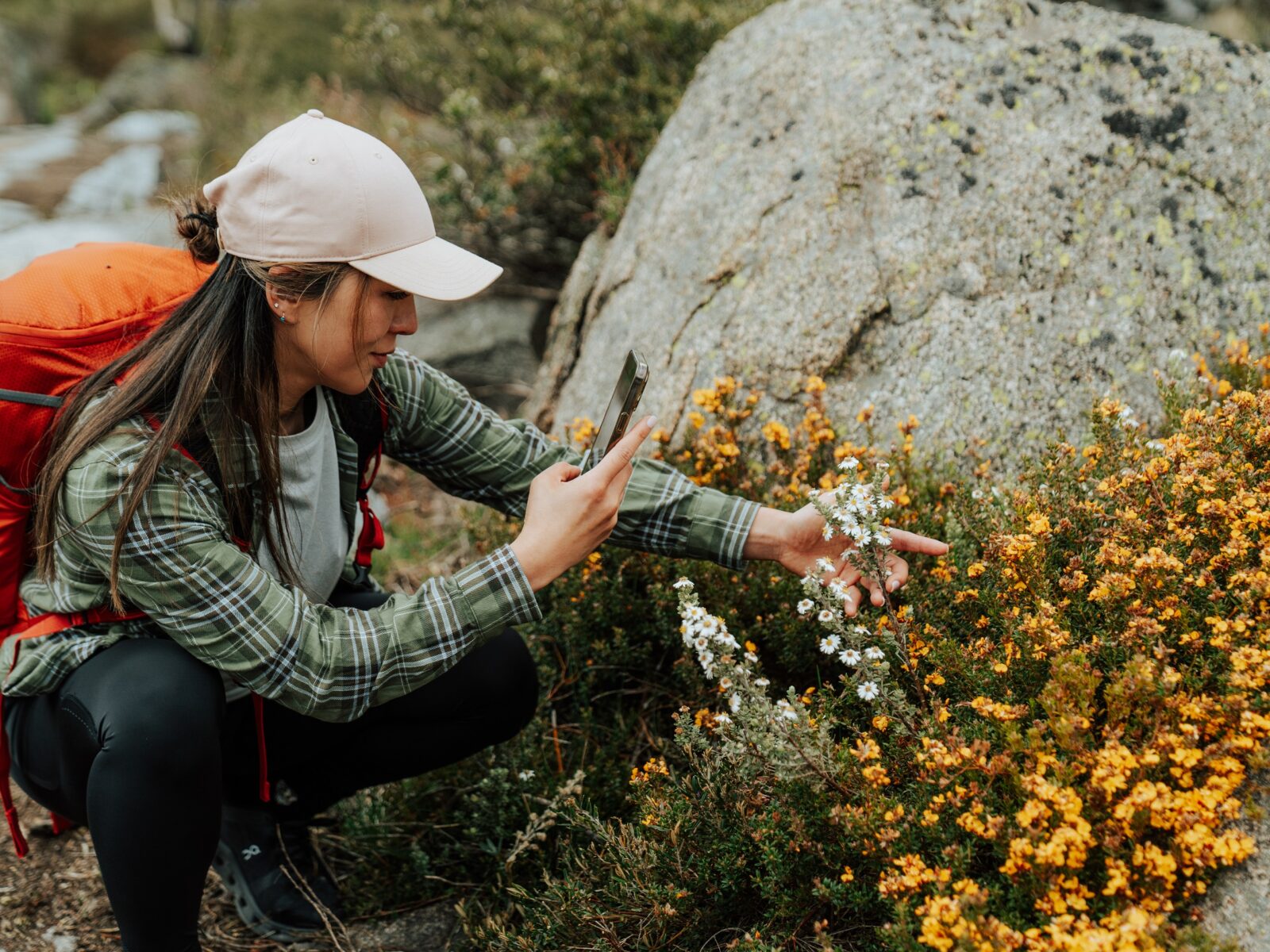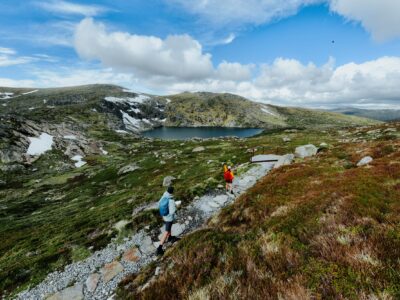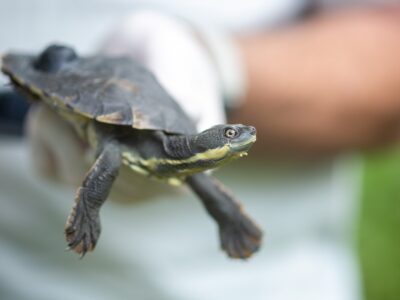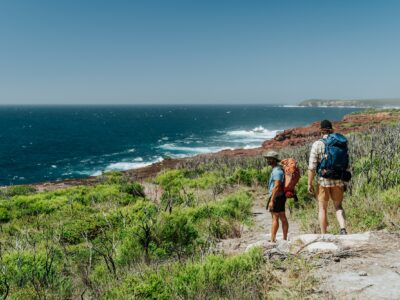Australia’s native flora is as unique and colourful as the landscapes in which it thrives. From our lush rainforests to rugged mountains, there are a tonne of plants with fascinating common names that reflect their good looks, scents, hometowns and histories.
From breakfast-inspired blooms to trees with a tangy twist, we’ve uncovered ten plants’ intriguing backstories and standout features, and where to find them in NSW national parks.
Let’s dive into the wild and whimsical world of Australian native plants!
-
1. Eggs-and-bacon shrub (Dillwynia retorta)
View this post on InstagramImagine strolling through the bush and stumbling upon flowers that look like your favourite breakfast combo 🤤. The eggs-and-bacon shrub boasts vibrant yellow and red blossoms reminiscent of scrambled eggs and crispy bacon.
This delightful plant thrives in heath and forest areas from southeast Queensland to the Budawang Range in southern NSW. You might just be lucky enough to see it in Ku-ring-gai Chase National Park and Blue Mountains National Park.
-
2. Nodding geebung (Persoonia nutans)
 Photo Information
Photo InformationNodding off.
Michael Cufer/DCCEEW
This plant’s name gives away its charming characteristic droopy yellow flowers. The term ‘nutans’ is Latin for ‘nodding,’ perfectly describing the flower’s graceful hang.
You can spot the nodding geebung in Agnes Banks Nature Reserve, Castlereagh Nature Reserve, Windsor Downs Nature Reserve, Wianamatta Nature Reserve and Wianamatta Regional Park.
-
3. Onion cedar (Owenia cepiodora)

Photo InformationOnion cedar patterns.
Gavin Phillips/DCCEEW

Photo InformationSmells good enough to eat!
Gavin Phillips/DCCEEW
Timber that smells like onions? That’ll be the onion cedar! This threatened tree’s freshly cut bark emits a characteristic onion scent. Its timber resembles red cedar, making it both unique and valuable. Look for it in Border Ranges and Richmond Range national parks.
-
4. Old man banksia (Banksia serrata)
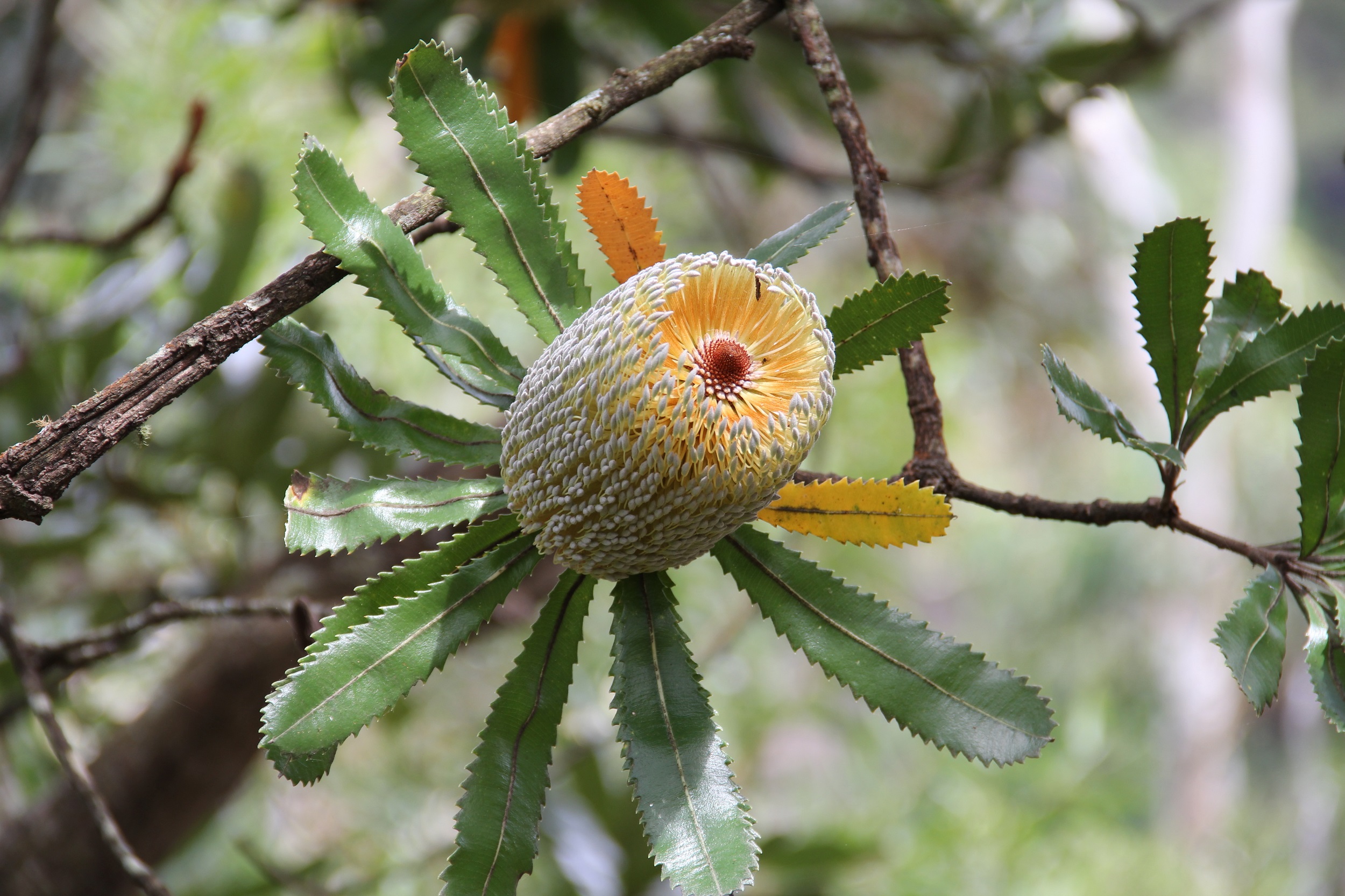 Photo Information
Photo InformationAn Aussie icon.
John Yurasek/DCCEEW
Meet the rugged elder of the plant world! The old man banksia is easily recognised by its gnarled, wrinkly grey bark and twisted shape. Its dark green, saw-toothed leaves add to its distinctive appearance.
Found along Australia’s east coast, this hardy plant is a staple in national parks across Sydney and the Blue Mountains.
Did you know? The genus name Banksia honours botanist Sir Joseph Banks, who travelled with James Cook on his first Pacific voyage.
-
5. Odour bush (Mallotus claoxyloides)
View this post on InstagramAlso known as green kamala or ‘smell of the bush,’ this rainforest native has a scent that’s… well, let’s just say it’s an acquired taste. Some bushwalkers find its strong aroma delightful, while others might wrinkle their noses. Love it or leave it, the odour bush is a memorable member of Australia’s diverse plant family.
-
6. Granite rose (Boronia repanda)
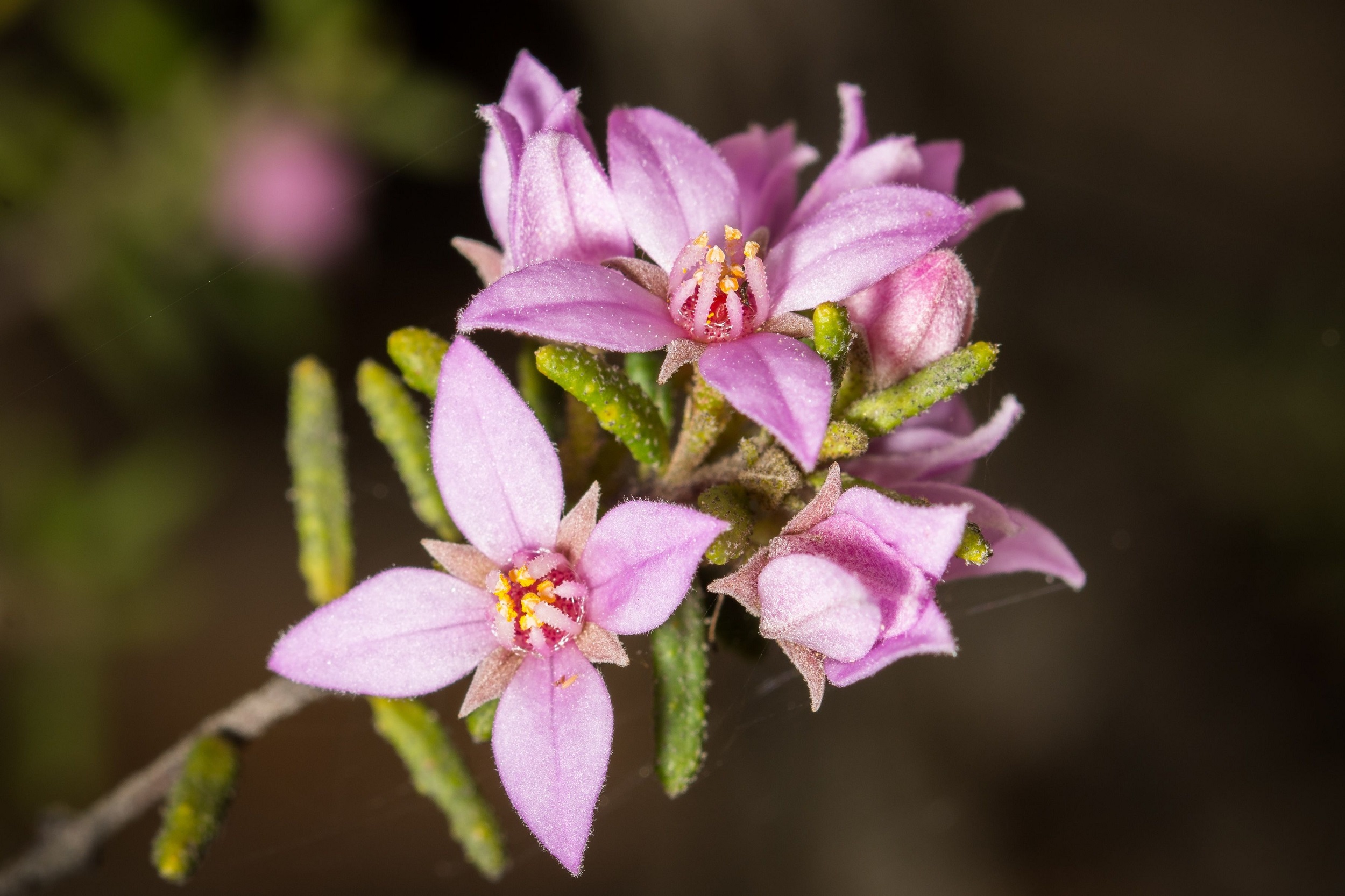 Photo Information
Photo InformationA rose among stones.
Craig Stehn/DCCEEW
Despite its tough name, the granite rose is a delicate beauty. This endangered shrub produces sprays of tiny, star-like four-petalled flowers in September and October. It prefers sandy soils in heath and woodland areas on granite, and calls Boonoo Boonoo National Park home.
Friendly reminder: Please don’t pick plants in our national parks! Native plants in NSW are protected under the Biodiversity Conservation Act 2016. Picking or possessing them is an offence under this law.
-
7. Warty zieria (Zieria tuberculata)
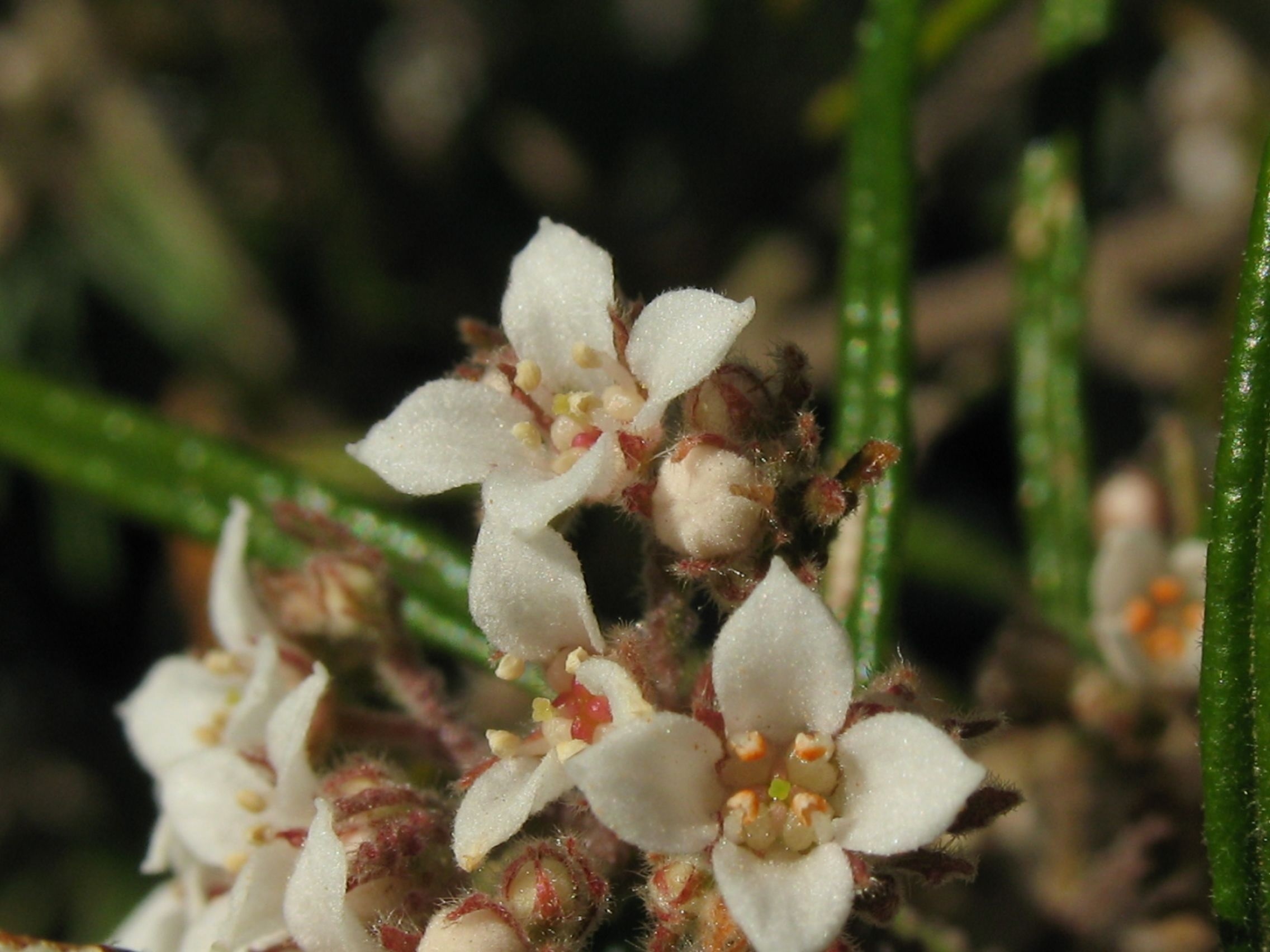 Photo Information
Photo InformationWarts and all.
Jackie Miles/DCCEEW
This threatened shrub isn’t shy about its bumpy personality. With warty branches and small leaves that are dull green on top and whitish underneath, the warty zieria is a distinctive resident of Gulaga National Park. Its unique texture makes it stand out in the plant crowd.
-
8. Hairy quandong (Elaeocarpus williamsianus)
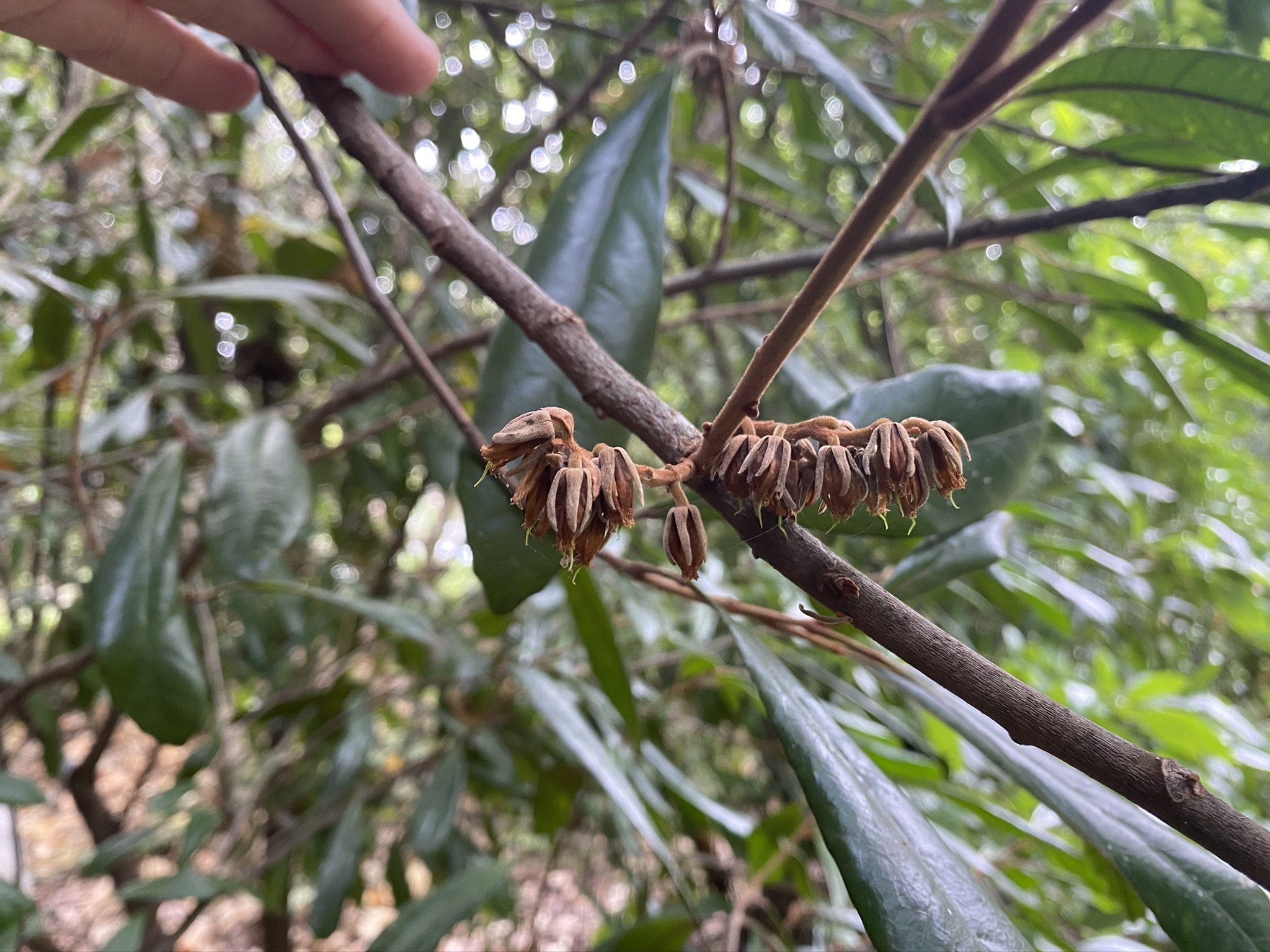 Photo Information
Photo InformationFuzzy flowers.
Dianne Brown/DCCEEW
Don’t let the name scare you off. The hairy quandong gets its moniker from the rusty-brown hairs on the underside of its dark green leaves. This plant was once dubbed the ‘zombie’ of the plant world, and its survival was hanging on by a thread. In 2013, a translocation project led by the NSW Government’s Saving our Species program gave it a second shot at life. These clever plant experts collected seeds from wild cuttings, hoping to boost cross-pollination and genetic diversity. Fast forward to 2020, and some translocated plants showed off their first flowers. By 2023, they weren’t just surviving – they were flowering, fruiting, and producing seeds! You can find this precious plant in Mooball National Park.
-
9. Tranquility mintbush (Prostanthera askania)
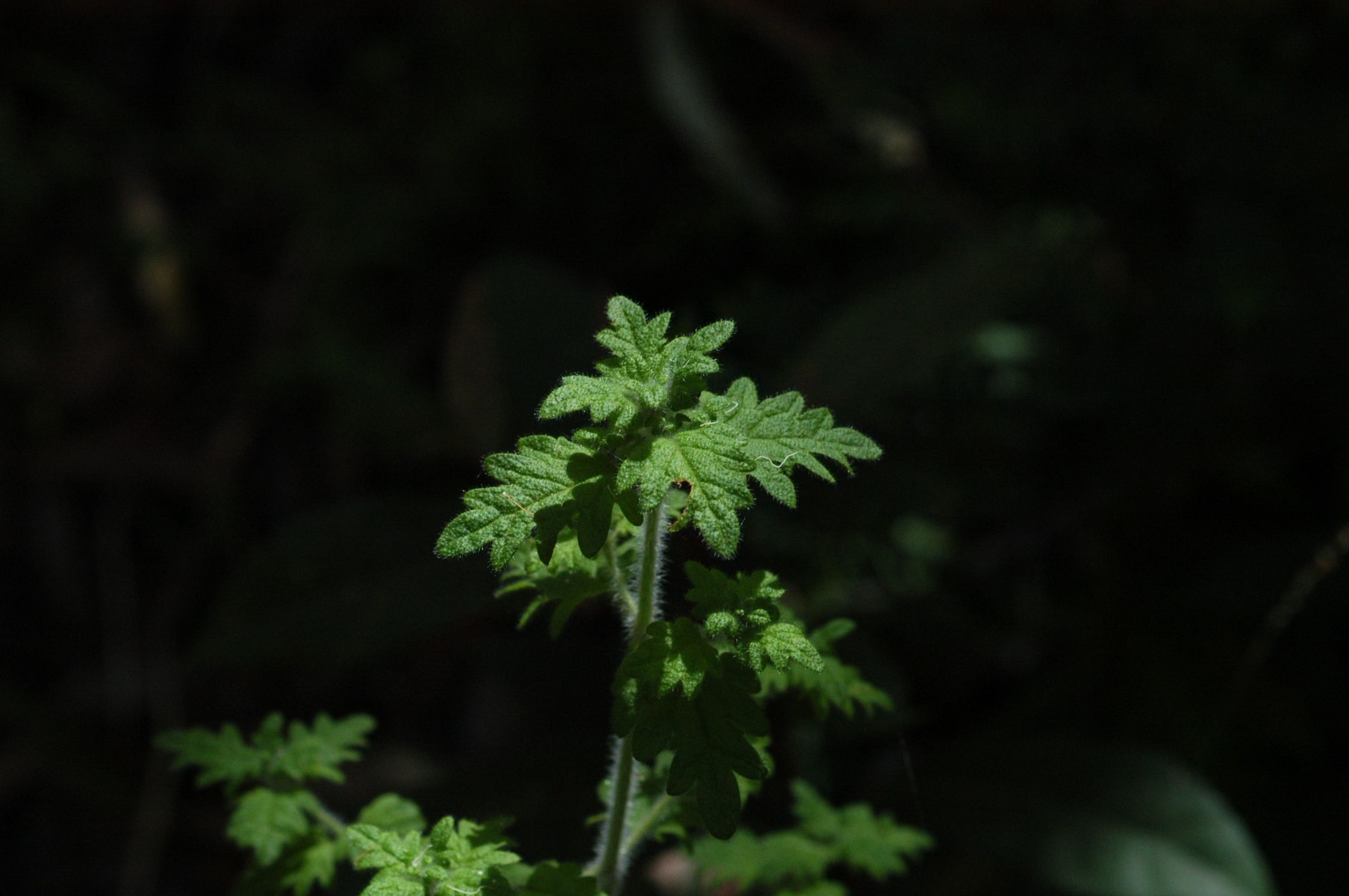 Photo Information
Photo InformationMinty fresh.
Doug Beckers/DCCEEW
This aromatic shrub has a history as soothing as its name. Named after its collection location – a private wildlife sanctuary once known as ‘Forest of Tranquility’ – the tranquility mintbush offers a calming presence with its fragrant leaves. This plant grows in Bouddi National Park, although its endangered status makes it precious and tricky to spot, and a tiny patch within Jilliby State Conservation Area.
-
10. Phantom wattle (Acacia phasmoides)
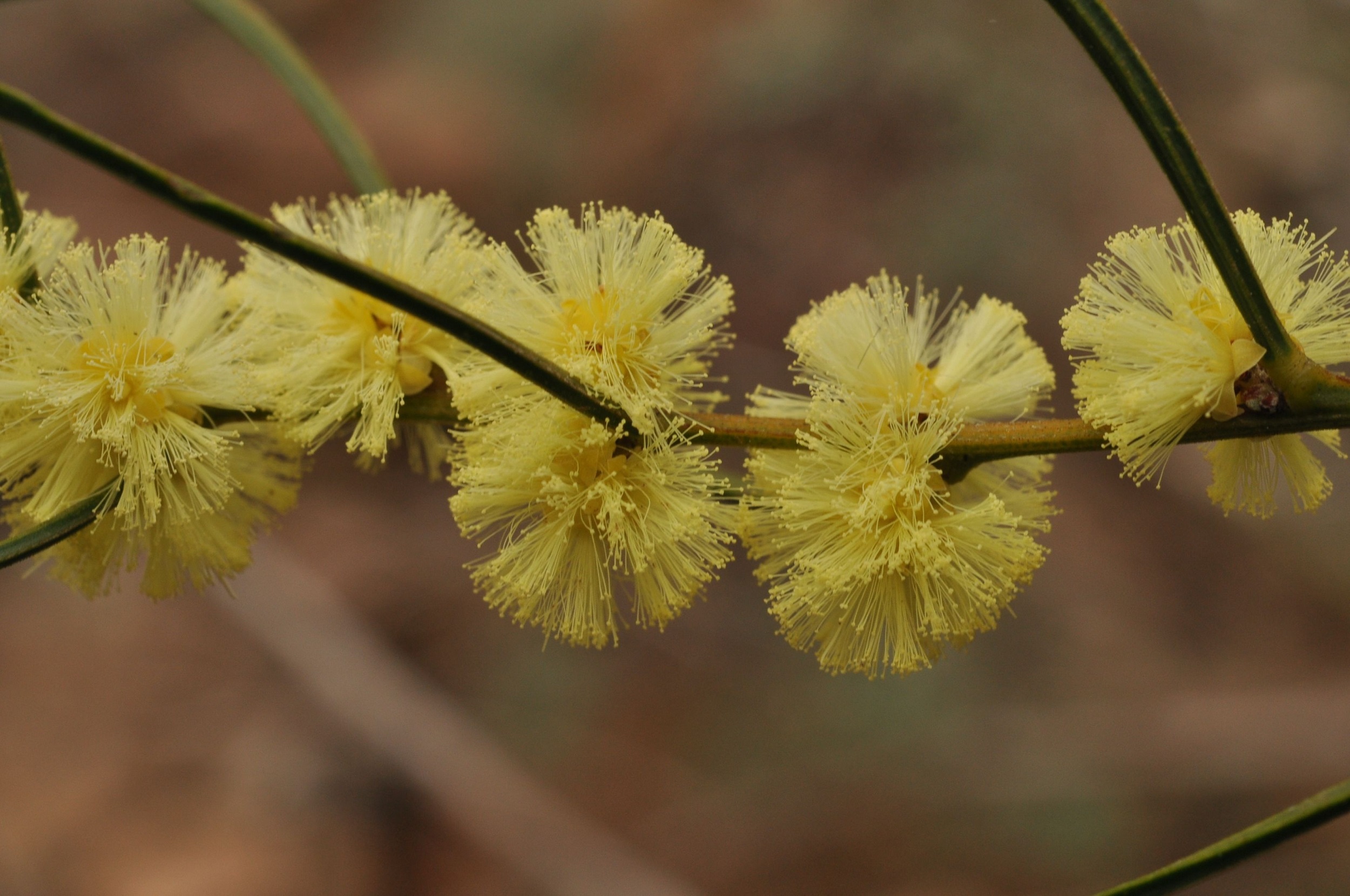 Photo Information
Photo InformationThe delicate details of nature.
John Briggs/DCCEEW
The phantom wattle lives up to its mysterious name with silvery-grey stems and slender branches adorned with short, silvery hairs. This vulnerable species grows in shrubby areas, woodland, and along creek and drainage lines and is a rare sight, making it a true gem for plant enthusiasts exploring Woomargama National Park.
Passionate nature lovers are rolling up their sleeves to help protect and restore this national park’s plant life, through bush regeneration and tackling pesky weeds and pests. Keen to get involved? Join this dedicated crew and work alongside the Saving our Species program to keep our wild places thriving.
Can’t stop, won’t stop spotting wildflowers? Our national parks are full of opportunities to see these beauties in their natural habitat – and spring is the best time to spot many Aussie plants in full bloom. Find out where to go for the best springtime wildflower walks.
-
Why do plants have more than one name, anyway?
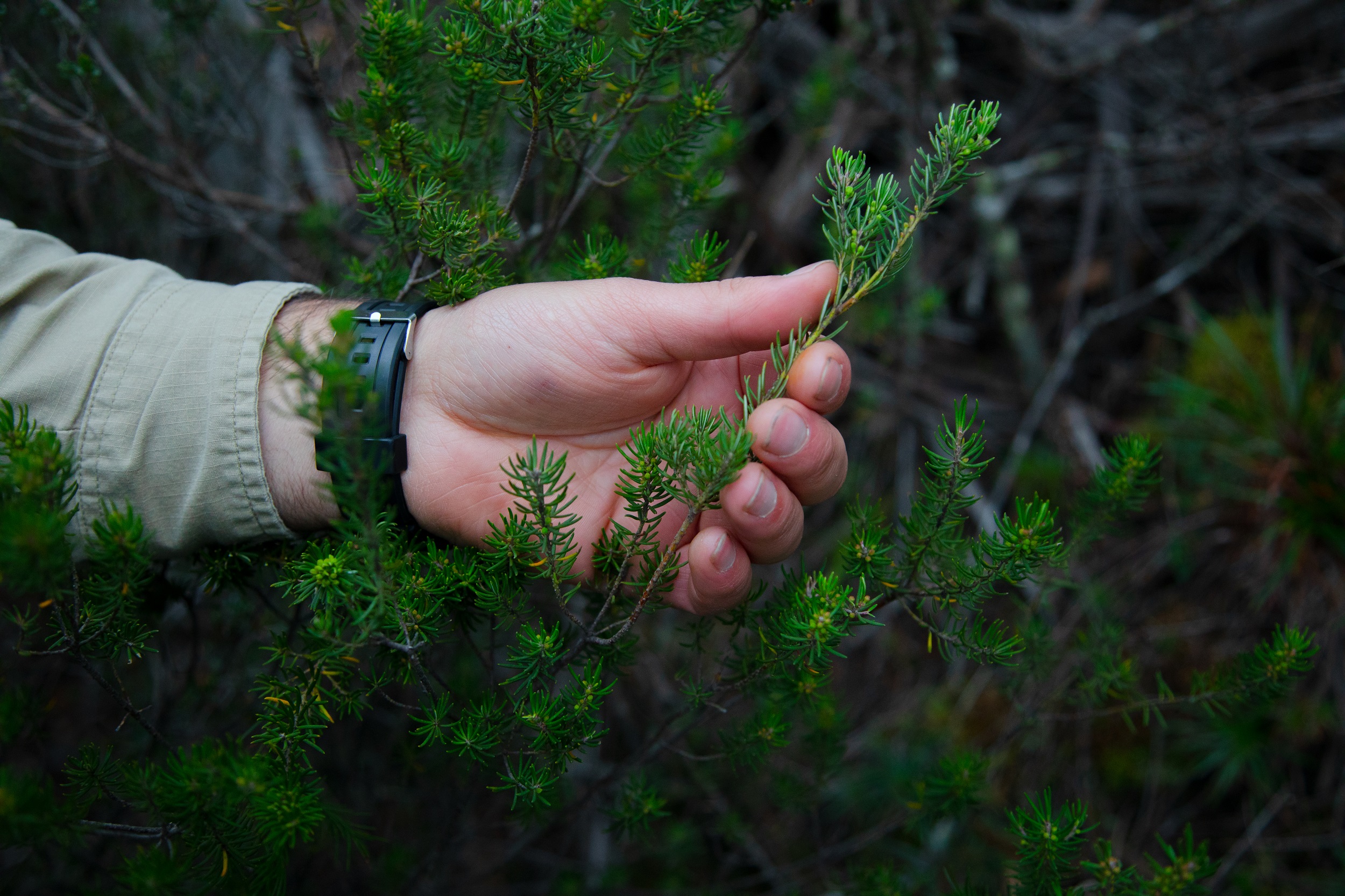 Photo Information
Photo InformationPlant love.
Daniel Parsons/DCCEEW
Plants are given two names – a scientific and a common name – to make it easier for people to talk about and identify them, and they’re both important!
Scientific names are like a plant’s official ID. They’re written in Latin and are the same all over the world, so no matter where you are, scientists and plant experts can understand each other. For example, the scientific name Mallotus claoxyloides tells us exactly which plant we’re talking about, even if someone calls it something different in their language.
Want to sound like a botanist on your next bushwalk? Impress your mates by brushing up on your plant lingo. You can also download apps like Trees Near Me NSW to explore native vegetation by loction, and Pl@ntNet or iNaturlist to identify plants on the trail and contribute to citizen science!
View this post on InstagramCommon names are what people call the plant in everyday life. These names are often easier to remember and can describe what the plant looks like, smells like, or reminds people of. For example, Mallotus claoxyloides’ common name – odour bush – is easier to say and gives us a hint about the plant’s distinctive whiff.
Having a scientific and common name is like having a nickname and a full name – it makes communication more flexible depending on who you’re talking to.
Plants can have so many different names. The Dharawal people of Sydney, for example, call the Sydney golden wattle ‘Namaraag’. While the Wiradjuri people, from Central NSW, call the silver wattle ‘Giigandul’. Aboriginal names for plants in Australia carry stories about how they’re used, when they bloom, and their role in the ecosystem. Unlike scientific names, these change with the seasons, reflecting how nature’s always in motion.
Australia’s native plants are more than just pretty blooms and intriguing names – they’re an essential part of our natural and cultural heritage, and they help to keep our ecosystems thriving.
These beautiful landscapes are all waiting to be explored, so here’s the reminder you’re waiting for to lace up your hiking boots and head out to admire our stunning national parks and these unforgettable plants.
Remember: national parks are natural and unpredictable environments. So before you go – plan for all weather conditions, check for park alerts, and stay updated with fire safety info.
